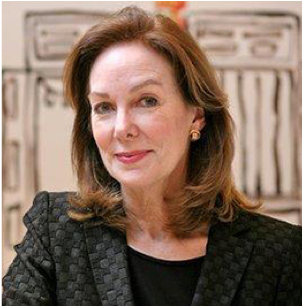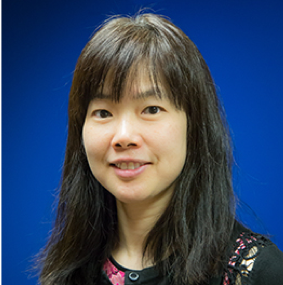
 Department of Design and Construction311
Department of Design and Construction311 Search all NYC.gov websites
Search all NYC.gov websites
The Women Builders Council Features the Women of DDC
March 13, 2019
DDC: Shoshana Khan, 718-391-1251, KhanSho@ddc.nyc.gov
New York, NY – Some of the most inspiring women who help build the City’s best infrastructure and public buildings at the NYC Department of Design and Construction (DDC) were featured today at the Women Builders Council (WBC) as over 100 people attended Meet the Women of DDC, an event designed to introduce the construction industry to key women builders at DDC.
The event featured a panel discussion led by DDC’s Chief Diversity and Industry Relations Officer Magalie D. Austin, who was joined by Chief Architect Margaret O’Donoghue Castillo, Assistant Commissioner of the Borough-Based Jail Program Rebecca Clough, Associate Commissioner of EEO Human Resources and Staff Development Dalela Harrison and Assistant Commissioner of Infrastructure Design How Sheen Pau.

Panelists discussed an array of topics including challenges they have faced with during their careers and changes in the industry since they first started.

“When I was tasked with creating a separate team to achieve M/WBE goals at the start of my career with DDC nearly five years ago, tensions were high because I was changing the company culture. To create a culture of trust, I spoke to everyone in a non-confrontational way and informed them that we will be working together on making this new team a success. I picked the minds of division heads to better understand what processes would and wouldn’t work. Collaboration is key,” said Maggie Austin, Chief Diversity and Industry Relations Officer. “Today, we are the top agency in the M/WBE program and have awarded over $1 billion to M/WBE firms since 2015.”

“The industry has changed significantly from when I started working in the construction industry nearly 40 years ago. There’re a lot more woman in construction than there used to be,” said Rebecca Clough, Assistant Commissioner for the Borough Based Jail Program. “Sometimes there’s only one man at the table when I sit down for meetings. WBC is helping to bridge the gap between men and women in construction.”

“Say yes to opportunities even if you think I couldn’t possibly do that. Do it, you probably can,” said Margaret O’Donoghue Castillo, Chief Architect. “Build that enrichment, network and expand your opportunities.”

“Never limit yourself or your thinking, ask for what you want and sit unapologetically at the table to ensure that your voice is heard,” said Dalela Harrison, Associate Commissioner of EEO Human Resources and Staff Development. “Also, insist on ‘the stretch,’ which means look for opportunities that grow you personally and professionally and ensure that, where possible, you are always working on at least one “stretch” assignment. Something that’s new, that takes you outside of your comfort zone and something that will move you forward in terms of education, experience or exposure.”

“Go after your credentials to further your education and build yourself up,” said How Sheen Pau, Assistant Commissioner of Infrastructure Design. “If you need a license, go after your license. If you need help, surround yourself with people who can help you. You can’t always do everything by yourself, so get a good team of people that can support you.”
WBC was established in 2004 by several woman business owners who recognized the challenges of working in a male-dominated industry. WBC focuses on key areas of advancement such as legislative advocacy as well as new business and professional development with a focus on leadership. The association helps to forward industry knowledge through forums, address roadblocks that hinder women from flourishing and facilitate solutions for policy makers and industry leaders.
“We started as a sisterhood that was loyal and supportive to one another in an industry where we had no one to speak to. When one of our M/WBE’s ran into an issue with an agency, we would go as a group and fight the issue through WBC, an organization that provided us with visibility and credibility,” said Cheryl McKissack, CEO and President of McKissack and McKissack and founding member of the Women Builders Council. “With our educationally and demographically diverse board of leaders, WBC is a conduit for information. We bring more innovation and creativity when you have a diverse pool of thinkers.”
The Department of Design and Construction is the City’s primary capital construction project manager. In supporting Mayor de Blasio’s long-term vision of growth, sustainability, resiliency, equity and healthy living, DDC provides communities with new or renovated public buildings such as such as firehouses, libraries, police precincts, and new or upgraded roads, sewers and water mains in all five boroughs. To manage this $14 billion portfolio, DDC partners with other City agencies, architects and consultants, whose experience bring efficient, innovative and environmentally-conscious design and construction strategies to City projects. For more information, please visit nyc.gov/ddc.


